Comparisons
Xiaomi Pad 6 Models Compared: Fantastic Value or Nightmare?
Xiaomi has four tablets in the Pad 6 range, and our guide will help you narrow down which one is the right one for you.
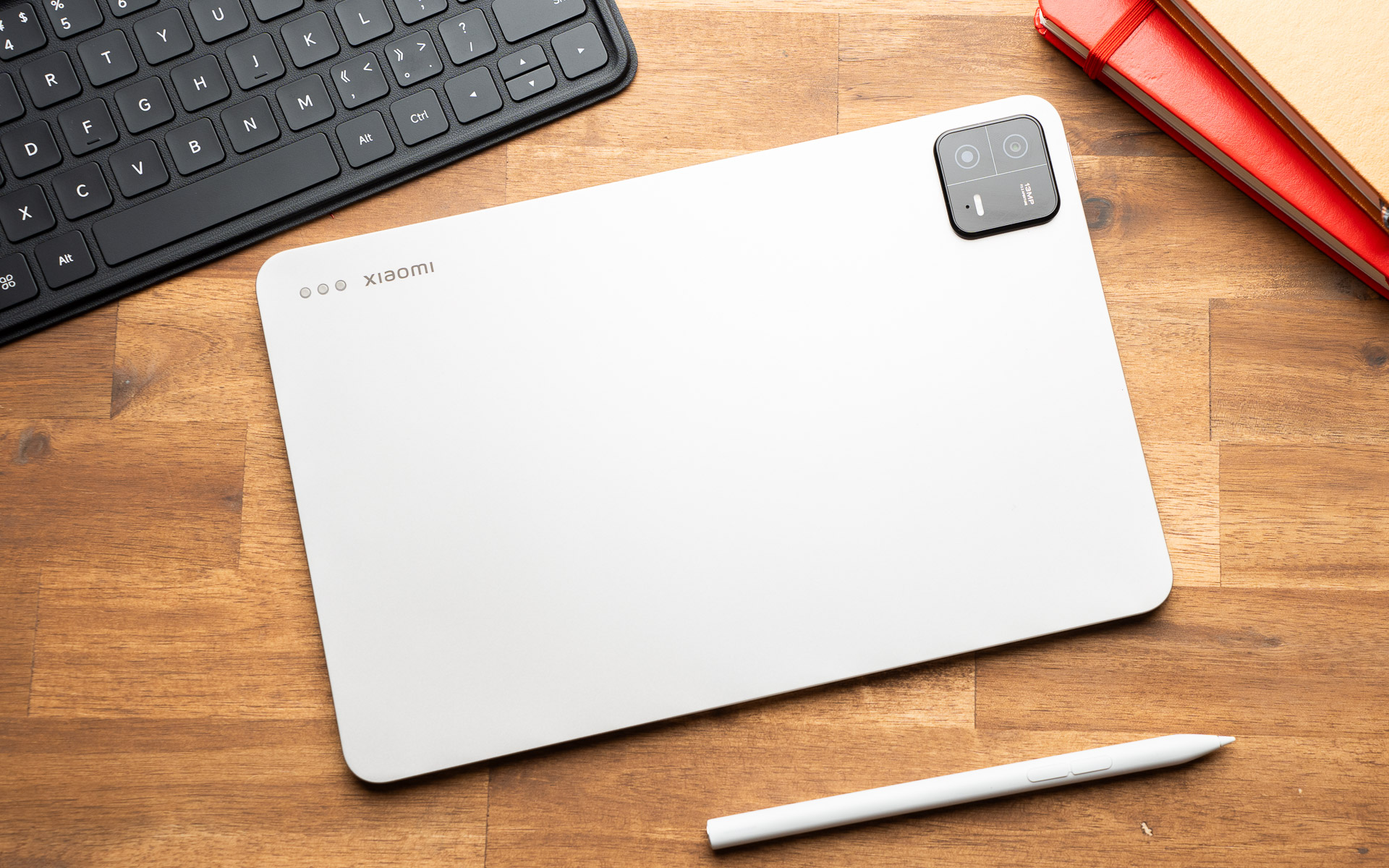
Xiaomi has no less than four tablets in its Pad 6 family: the Pad 6, Pad 6 Pro, Pad 6 Max 14 (all of which came out in 2023), and the flagship Pad 6S Pro 12.4 from 2024. If you’re wondering how these tablets differ and which might be the right one for you, then you’ve come to the right place.
Here, we’ll compare all four tablets, drawing from our hands-on experience with the Pad 6 and the spec sheets of its higher-end siblings. While the final decision rests in your hands, we’re confident this comparison will help point you in the right direction.
Hardware
Let’s start by comparing all the essential hardware specs to show how these models differ in these all-important areas.
Processor and Performance
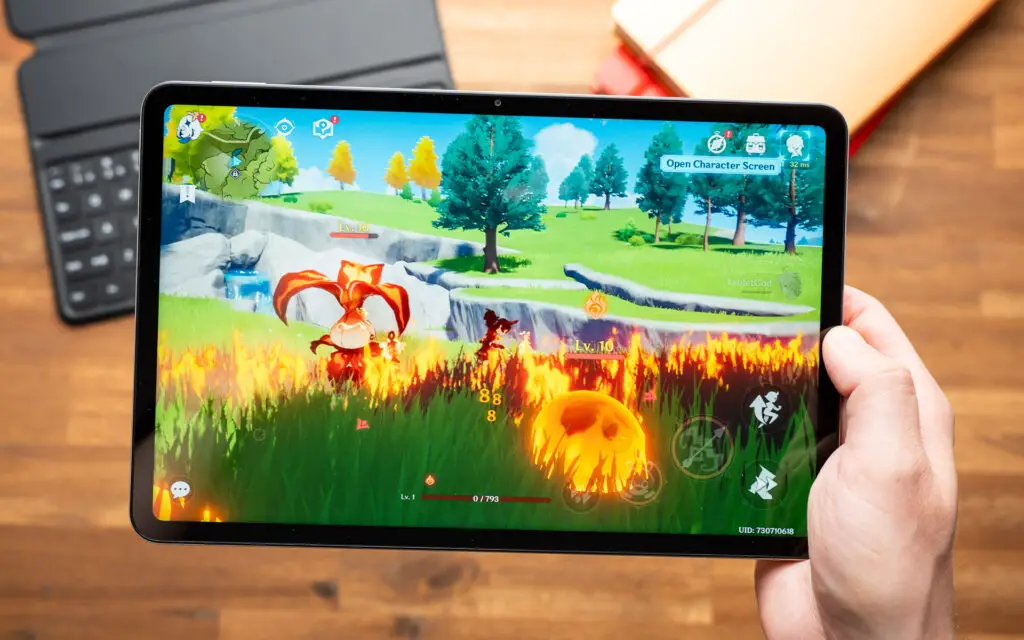
All Xiaomi Pad 6 models have Qualcomm Snapdragon CPUs, but the specific CPU used differs from model to model. The base Xiaomi Pad 6 has the weakest and oldest CPU of the bunch, the Qualcomm Snapdragon 870. This former flagship CPU is still capable and decent enough for the price. Still, it can’t compete with the higher-end models’ Snapdragon 8 Gen 1 and Gen 2 processors.
Read: The Best Gaming Tablets Tested
The Xiaomi Pad 6 Pro and Pad 6 Max 14 have the Snapdragon 8 Gen 1, while the newest Xiaomi Pad 6S Pro 12.4 packs the Snapdragon 8 Gen 2 under the hood. All are capable performers at their respective price points, but the Snapdragon 8 Gen 2 in the Pad 6S Pro 12.4 is undeniably the fastest processor here—at least in synthetic benchmarks like Geekbench 5.
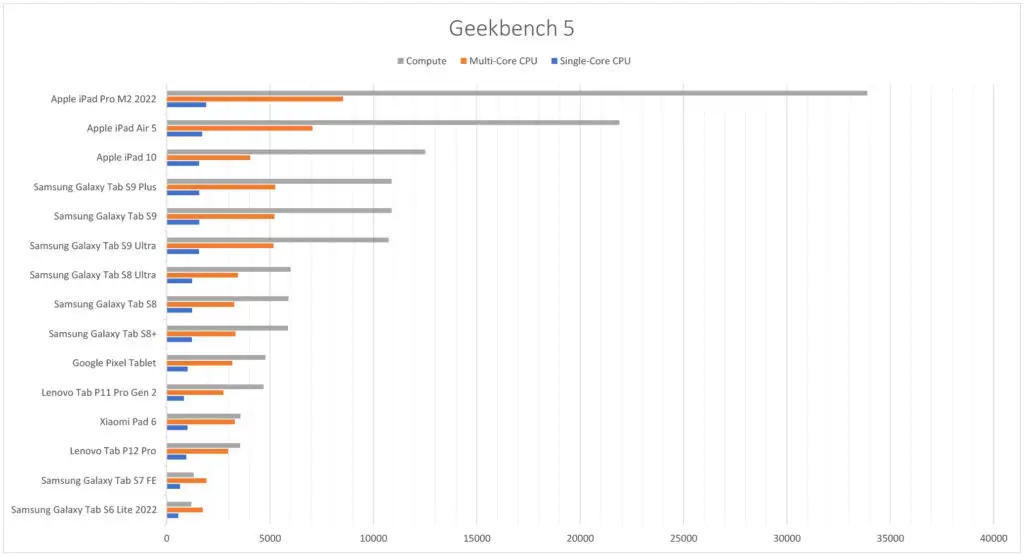
Let’s take the Samsung Galaxy Tab S9, which we’ve reviewed, as an example. The Snapdragon 8 Gen 2 CPU in Samsung’s latest tablet scores over 10,000 points in Geekbench 5’s Compute test. In contrast, Gen 1 in the old Galaxy Tab S8 barely exceeds the 5000-point barrier. So, there’s no doubt that the Gen 2 is the better CPU of the two.
If you need the fastest possible CPU in a Xiaomi tablet, then the Pad 6S Pro 12.4 is the Xiaomi Pad 6 model to get.
RAM and Storage
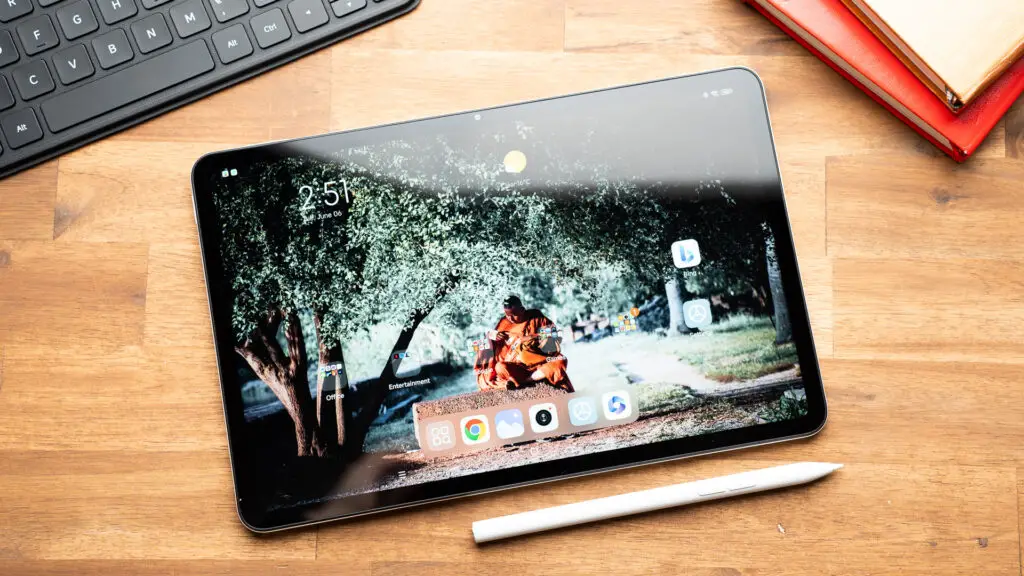
Xiaomi offers multiple RAM and storage tiers for each Pad 6 model. These go hand-in-hand, so it’s worth discussing the two together. The Xiaomi Pad 6 comes in 6GB/128GB, 8GB/128GB, or 8GB/256GB variants. The Pad 6 Pro has 8GB/128GB, 8GB/256GB, 12GB/256GB, and 12GB/512GB versions.
The 14-inch Pad 6 Max 14 and Pad 6S Pro 12.4 have identical storage and RAM options. The base variants offer 8GB/256GB, with upgrades to 12GB/256GB, 12GB/512GB, and 16GB/1TB available. However, note that the global version of the Pad 6S Pro 12.4 is only available in 8GB/256GB and 8GB/512GB; if you’re interested in the other configurations, you’ll have to import them from China.
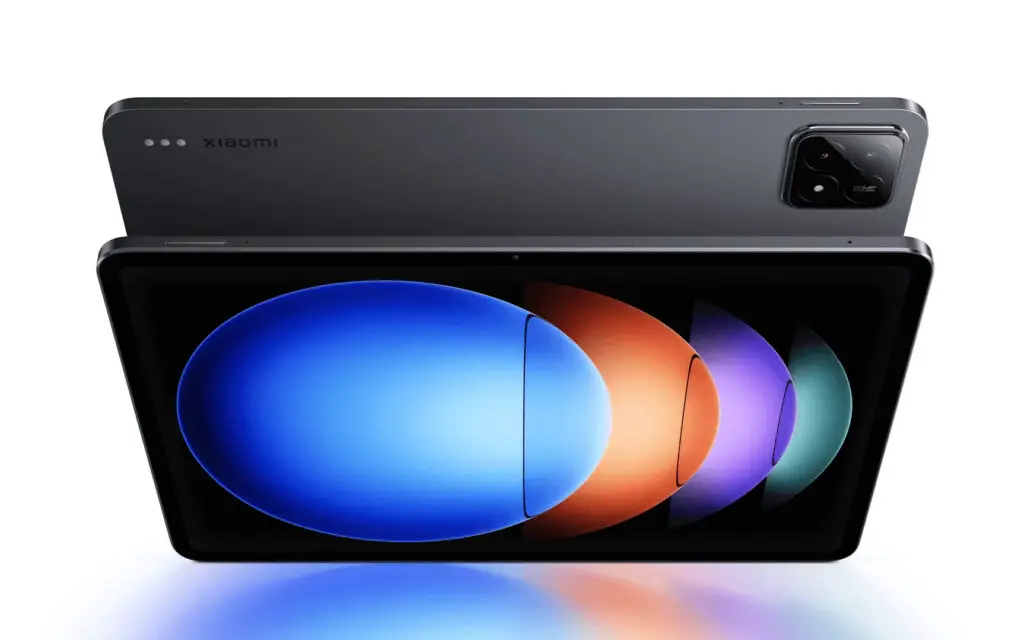
While this may seem appealing (especially if you’re a storage fiend), China-only Xiaomi tablets often lack Netflix HD support and don’t come with the Google Play Store. They’re still usable, but most of you will be better off with a global version.
Note that none of Xiaomi’s Pad 6 models have expandable storage, so you’ll want to over-spec here. Ideally, you’ll want to get the most storage you can afford to avoid any headaches in the future.
Read: MicroSD Card Buying Guide: Everything You Need To Know
Display
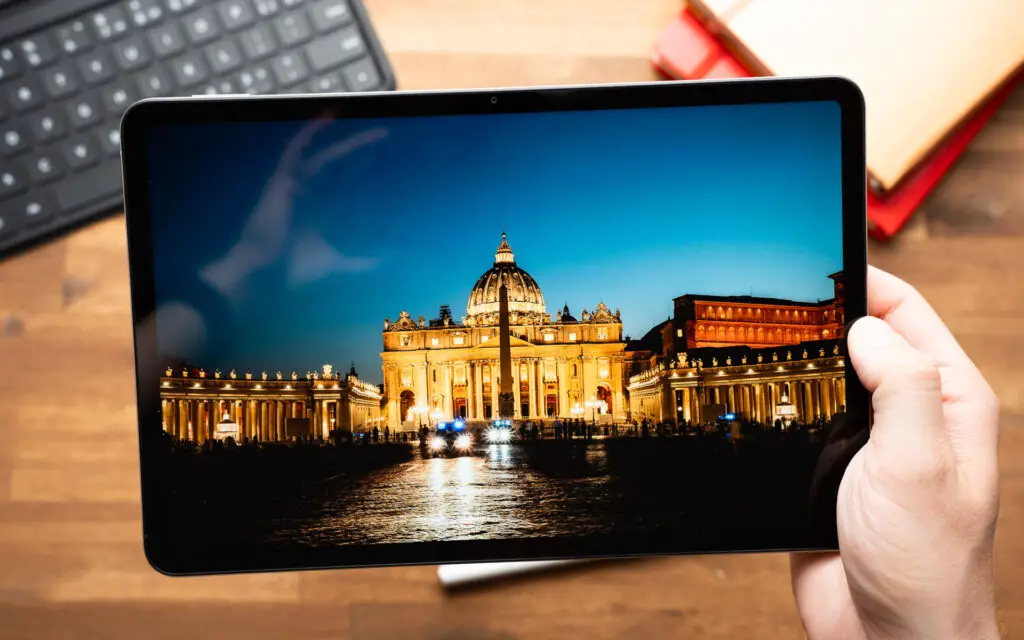
Xiaomi has opted for high-refresh-rate (144Hz) IPS LCD panels for all its Pad 6 tablets, which is great to see. They’re high-quality displays, too, with HDR10 and Dolby Vision support alongside Widevine L1 certification for playing back HD content. Resolutions and sizes differ, of course, so that’s what we’ll touch on here.
The Xiaomi Pad 6 and Pad 6 Pro have the same 11-inch 2880 x 1800 screen with a 550-nit peak brightness. The Pad 6S Pro 12.4 is the next step up, with its 12.4-inch display sporting a higher 3048 x 2032 resolution and maxing out at 900 nits peak brightness. Last up is the Pad 6 Max 14, with a 14-inch display running at 2880 x 1800 and 600 nits of maximum brightness.
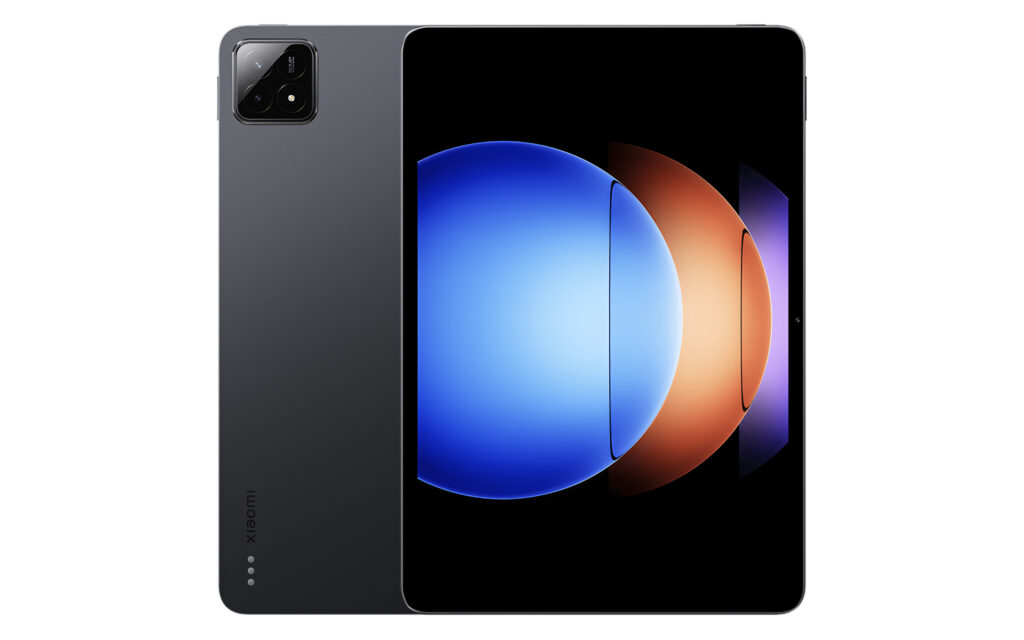
There isn’t really an objective winner here, as you’ll want to pick the tablet with a screen size that best suits you and your needs. The Pad 6 Max 14’s screen is softer than its smaller siblings due to its relatively low 240 PPI (the base Pad 6 has a 310 PPI display, for example), so that’s something to consider. But beyond that, you can’t go wrong with the Pad 6 models and their screens.
We would love to see an OLED model one day, though! Maybe the Xiaomi Pad 7?
Read: You Should Worry About OLED Burn-In If You Do This
Cameras
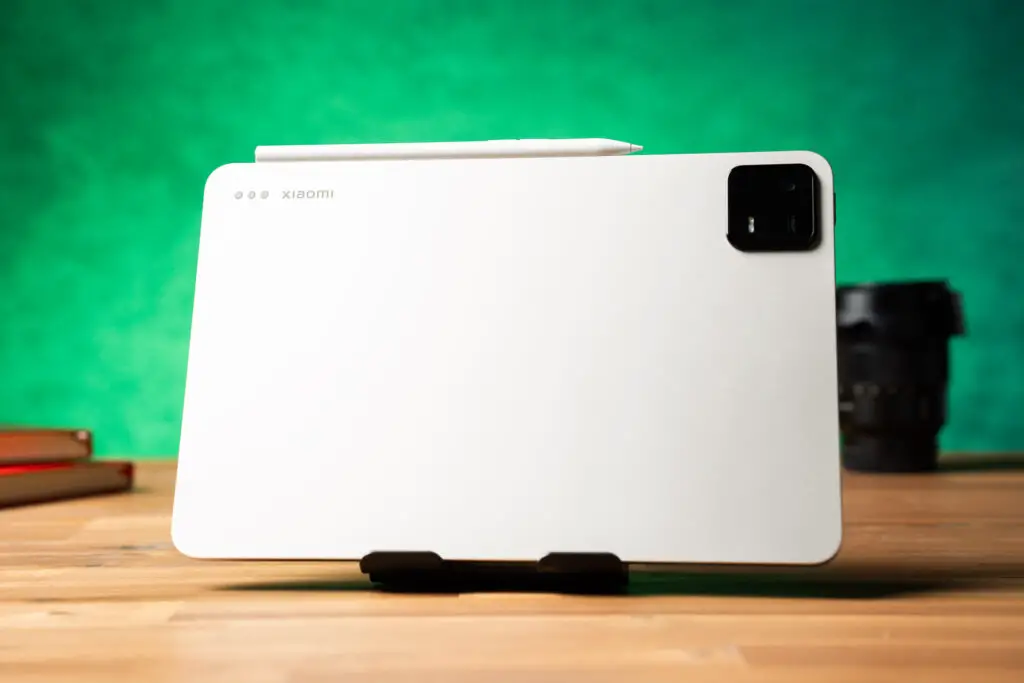
There are two “tiers” of rear camera setups in the Pad 6 family. The Pad 6 has a single 13-megapixel rear camera with phase-detection autofocus (PDAF), but the pricier models all have dual-camera steps with a 50-megapixel primary shooter and a 2-megapixel depth camera.
The front cameras are similar, although there are three tiers here. The Pad 6 has an 8-megapixel selfie camera, which increases to 20 megapixels on the Pad 6 Pro and Pad 6 Max 14. The Pad 6S Pro 12.4 rules the roost, sporting an even larger 32-megapixel selfie shooter.
All cameras have identical video capabilities, with support for 4K60 and 1080p60 on the main cameras. The selfie cameras all max out at 1080p30, which is more than okay enough.
The basic Pad 6 takes good enough photos for a budget-friendly tablet, so we expect the pricier models to be satisfactory here. However, if you’re a serious mobile photographer, you’re probably better off with a photography-focused smartphone like an Apple iPhone, Google Pixel, or Samsung Galaxy S-series phone.
Read: The 6 Best Tablets for Video Editing | 2024 Edition
Design, Connectivity, and Ports
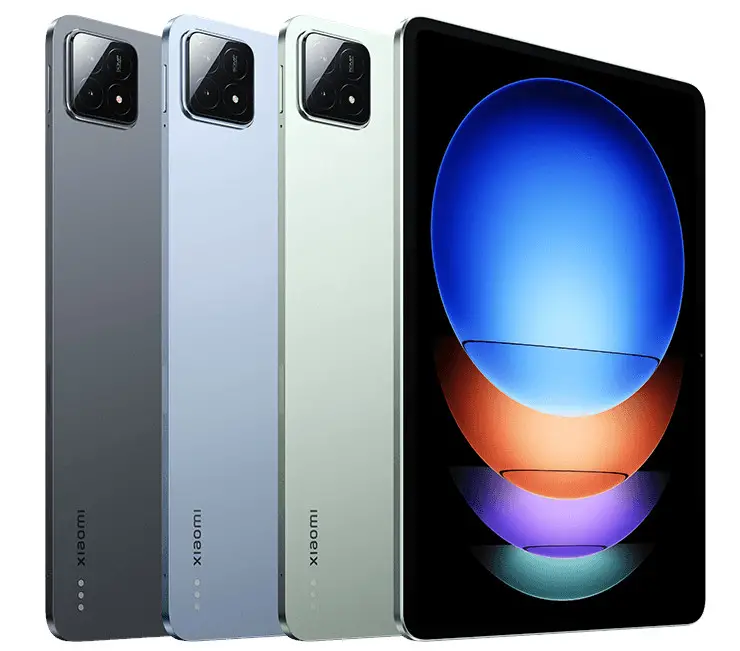
All of Xiaomi’s Pad 6 tablets have very Apple-inspired aesthetics, with sleek all-aluminum bodies and minimalistic designs. Unfortunately, Xiaomi has perhaps copied Apple a bit too much here by opting not to include headphone jacks and microSD slots. You only get a USB Type-C 3.2 port alongside an accessory connector.
The USB Type-C 3.2 ports on all Xiaomi Pad 6 models support USB Power Delivery 3.0 and QuckCharge 4.0, albeit with different wattage ratings (33-watt charging at the low end and a massive 120 watts for the Pad 6S 12.4). They also support external displays, so you can mirror your tablet display to an external monitor with a suitable cable.
All Pad 6 tablets have Bluetooth, but none of the models have cellular connectivity—these are WiFi-only tablets, for better or worse. Another omission on most models is a fingerprint scanner; the Pad 6S Pro 12.4 has one, but all of the other models rely on camera-based face unlock.
Software

The three 2023 tablets—the Xiaomi Pad 6, Pad 6 Pro, and Pad 6 Max 14—shipped with MIUI 14, which Xiaomi based on Android 13. In contrast, the Pad 6S 12.4 ships with Xiaomi’s new HyperOS, which is built on the Android Open Source Project (AOSP) version of Android 14.
Without getting into too much detail, HyperOS is Xiaomi’s new attempt to unify tablets, phones, cars, and IoT devices with one OS. The company claims several improvements over MIUI 14, including lower storage requirements, better performance, more extensive customization, and an all-new interface. You can read more about HyperOS on the Xiaomi website if you’re curious.
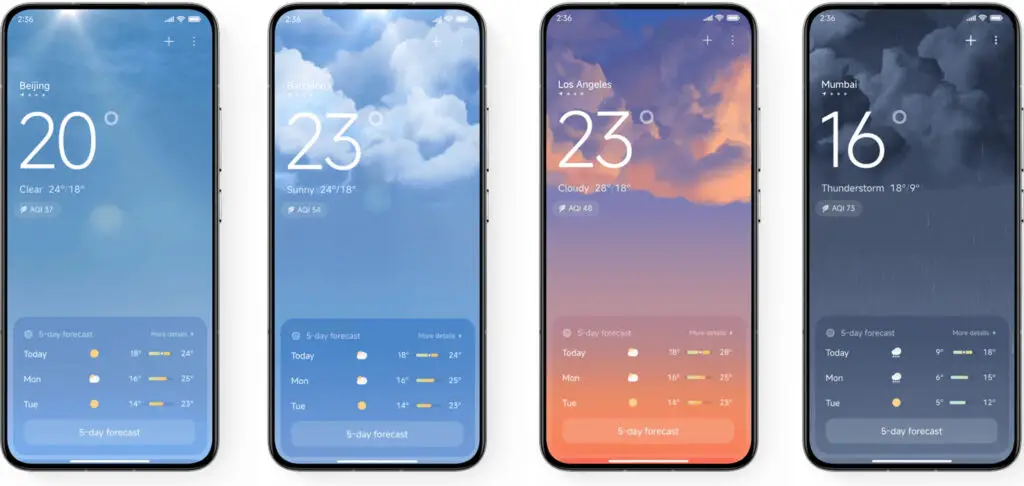
Xiaomi has confirmed that it will roll out HyperOS 1.0 to the Pad 6 and 5, so you’ll get all the benefits even if you opt for the most affordable Pad 6 model. The company hasn’t disclosed whether the China-only Pad 6 Pro and Pad 6 Max 14 will receive the HyperOS update, but we would be surprised if they didn’t.
Read: How to use an Android tablet: All Basics Explained (very easy)
Accessories
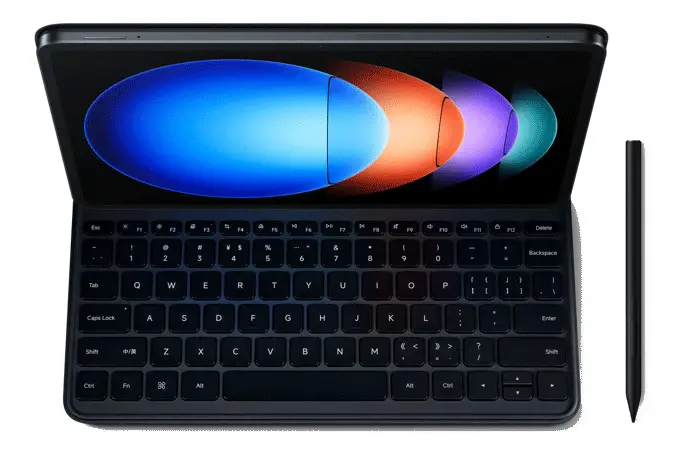
The Xiaomi Pad 6, Pad 6 Pro, and Pad 6 Max 14 have keyboard covers available as of March 2024. The 11-inch tablets (Pad 6, Pad 6 Pro) share the same keyboard, which is a simple keyboard cover with no trackpad. The Pad 6 Max 14’s extra size means that its keyboard cover has room for a trackpad.
Xiaomi will also sell a keyboard cover for the Pad 6S 12.4, although details are thin on the ground for now. All we know is that it will be similar to the Pad 6 Max’s keyboard cover and include a trackpad.
All of Xiaomi’s Pad 6 tablets support the company’s in-house styluses, but the models work with different styluses. The Pad 6 and Pad 6 Pro support the 2nd-generation Xiaomi Smart Pen, while Xiaomi has a new Xiaomi Focus Pen for the Pad 6S Pro 12.4.
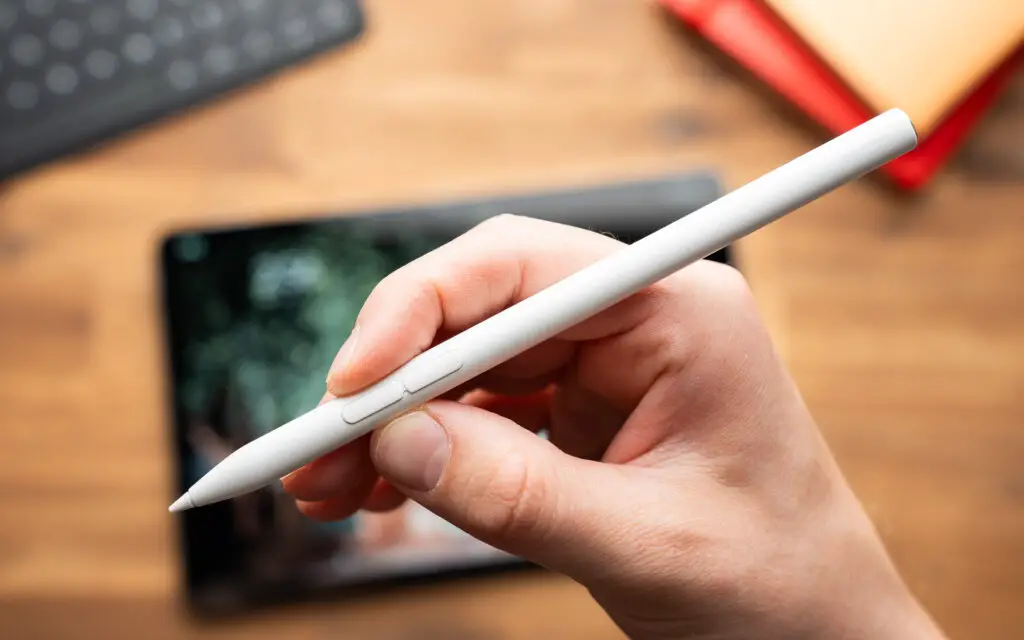
Xiaomi’s pens are broadly high-quality units. In terms of build and material quality, we found the 2nd-gen Smart Pen comparable to the Apple Pencil and Samsung S Pen. However, the software has always been the issue here, as Xiaomi doesn’t quite have an equivalent of Samsung’s Notes or Apple’s extensive feature set.
That said, there’s a chance that HyperOS might finally bring the stylus experience up to the level of Apple and Samsung. So, keep an eye out for our Xiaomi Pad 6S Pro 12.4 review to find out!
Read: 6 Best Journaling Apps for iPad & iOS | 2024 Edition
Pricing and Availability
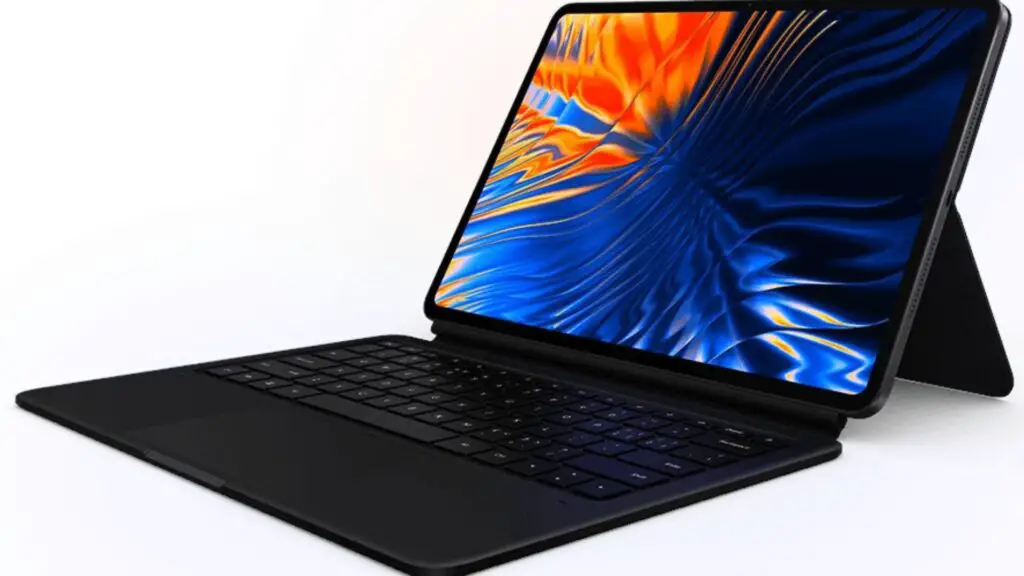
Of the four Xiaomi Pad 6 models available, only the base Pad 6 and flagship-tier Pad 6S Pro 12.4 are available globally—and even then, the Pad 6S Pro 12.4 is yet to make its official global debut at the time of writing. The middle two units are China-only models, so they’ll be a bit harder to find.
Xiaomi released the Pad 6 globally, so it’s readily available from many electronics retailers, including Amazon. You can buy 128GB or 256GB variants for around $350, which is a reasonable price for a solid mid-range tablet. In contrast, those interested in the Pad 6 Pro or Pad 6 Max 14 will have to either import them directly or purchase them from specialist retailers. If you go with the latter option, you can expect prices to start from around $450 and $600 for the Pad 6 Pro and Pad 6 Max 14, respectively.
The Xiaomi Pad 6 offers a fantastic value. Even though it's quite affordable, it offers tons of flagship features like a metal body, a pretty 144Hz display, powerful hardware, and up-to-date software. You can get it with a keyboard and pen - however, some features like a fingerprint scanner are missing.
As far as the Pad 6S Pro 12.4 goes, Xiaomi has announced a 699€ starting price in Europe, and we expect US pricing to be very similar. Considering the 12.4-inch screen and flagship processor, 699€ is quite a compelling price that may even give it an edge over tablets like the Samsung Galaxy Tab S9+.
Conclusion
Xiaomi’s Pad 6 tablets are all good-value tablets, offering good hardware and solid performance at competitive prices compared to their rivals. We’ve only been hands-on with the Pad 6 so far, but we came away very impressed with what it offered at its affordable price. And judging by the specs, we don’t see any reason for the higher-end models to differ.
However, do remember that while the Pad 6 Pro and Pad 6 Max 14 seem like good tablets, their China-only release means you’ll miss out on some features and apps that many of us in non-Chinese countries take for granted. These include Netflix HD support, the Google Play Store, and support for languages aside from Chinese and English.
So, while you can’t truly go wrong with any of the Pad 6 tablets, we think the entry-level Pad 6 and new flagship Pad 6S Pro 12.4 are the best options for most users. You’ll get a full-featured Android tablet experience without worrying about any import-related costs.
Before You Go
The new flagship Xiaomi Pad 6S Pro 12.4 is a great tablet, but competitors are hot on its heels. Find out which are the best Top 7 Large Screen Tablets.
Leave a Reply
-
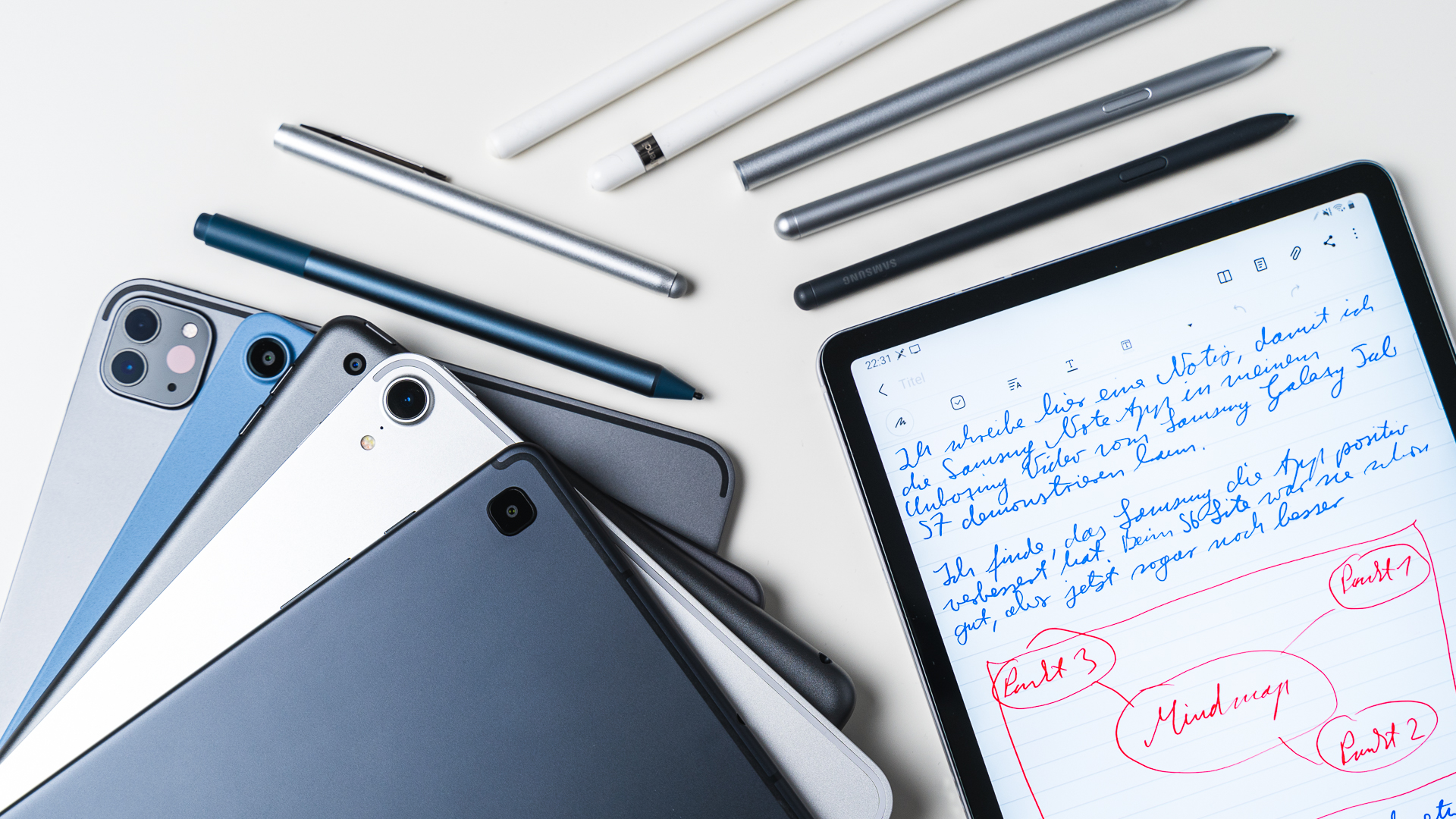
 The Best6 months ago
The Best6 months ago9 Best Tablets With Stylus Pen For Drawing & Writing | 2024 Edition
-
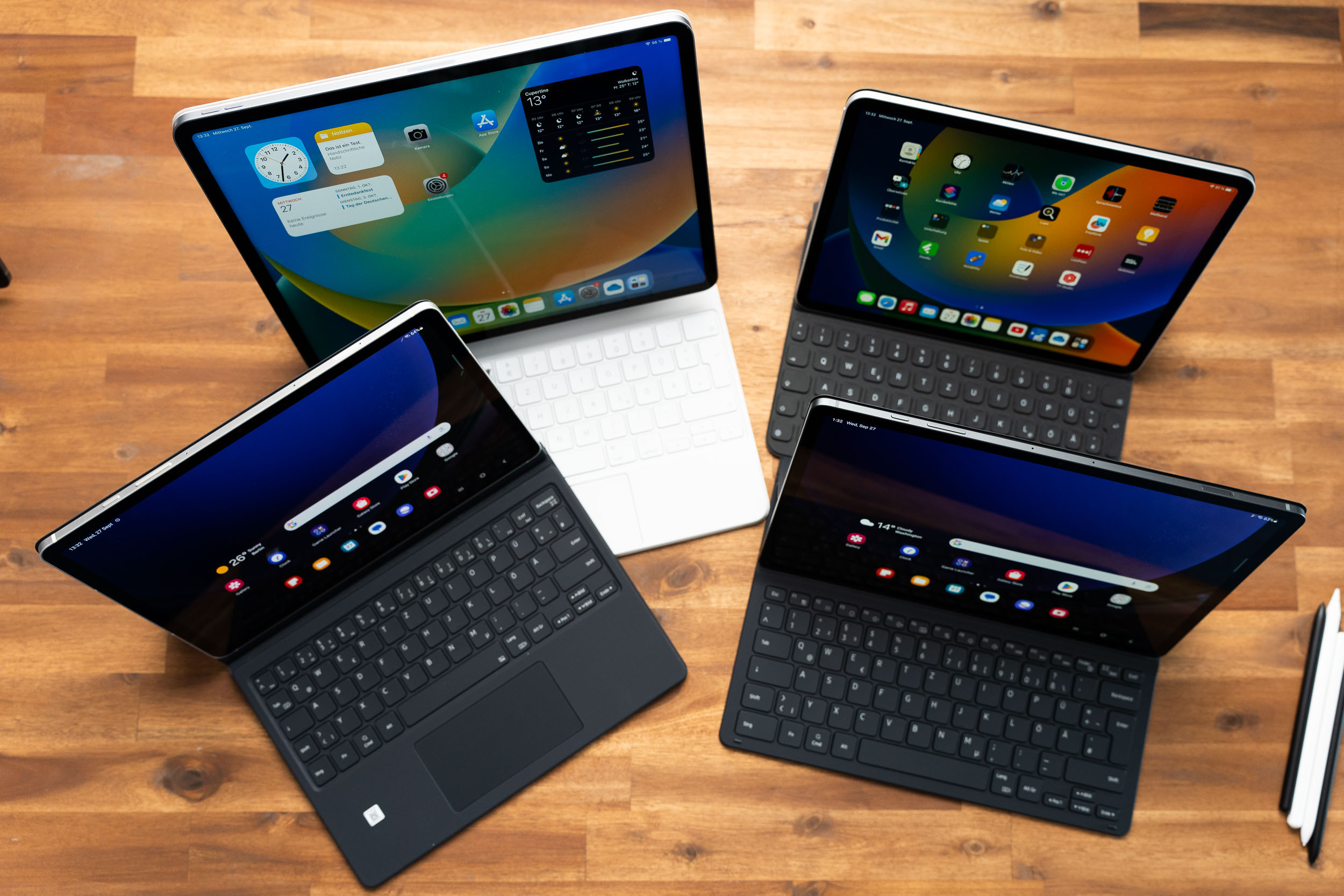
 The Best5 months ago
The Best5 months agoTop 10 Best Tablets with a Keyboard | 2024 Edition
-
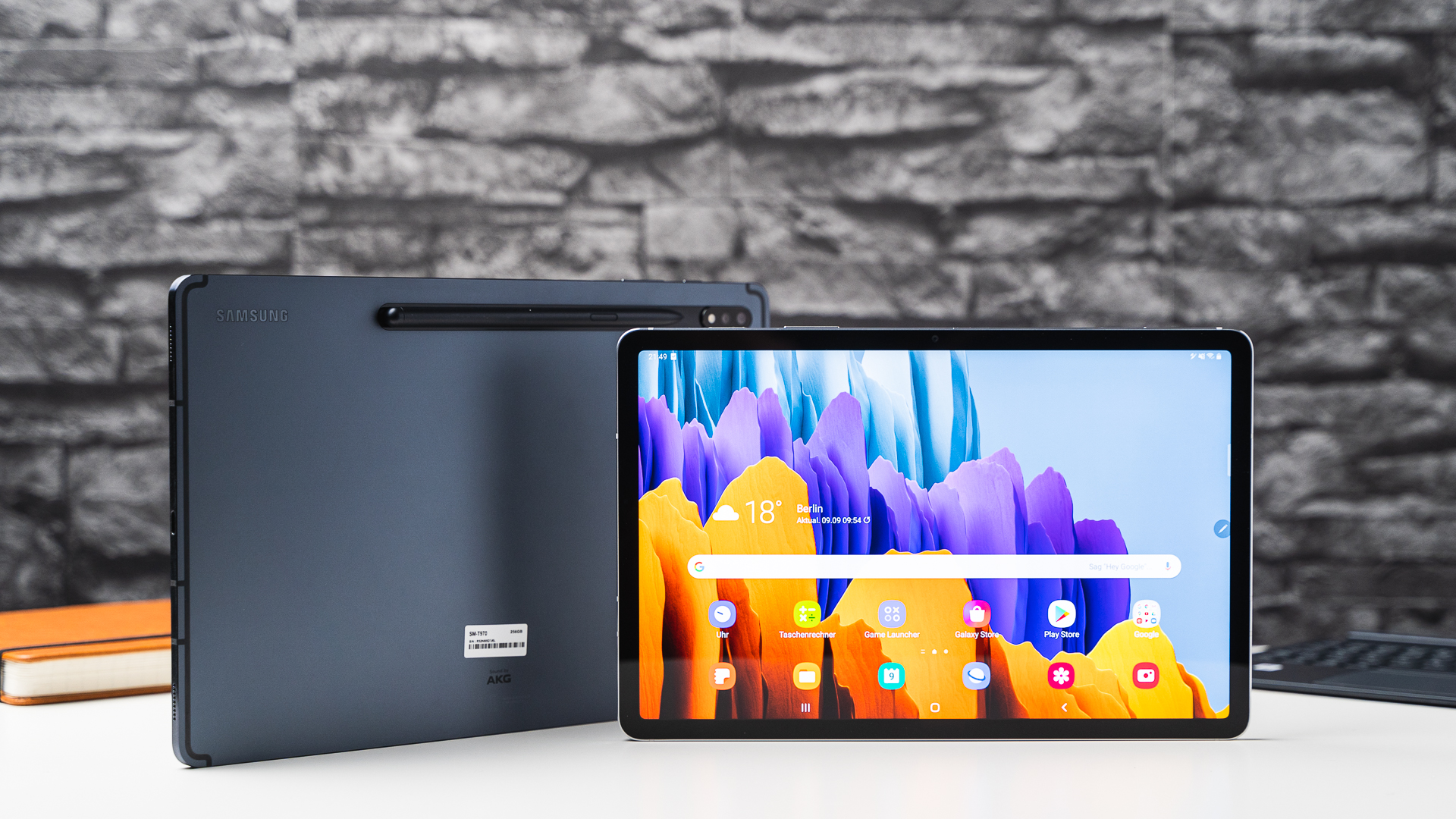
 The Best4 months ago
The Best4 months agoTop 15 Best Android Tablets Based On Real Reviews | 2024 Edition
-
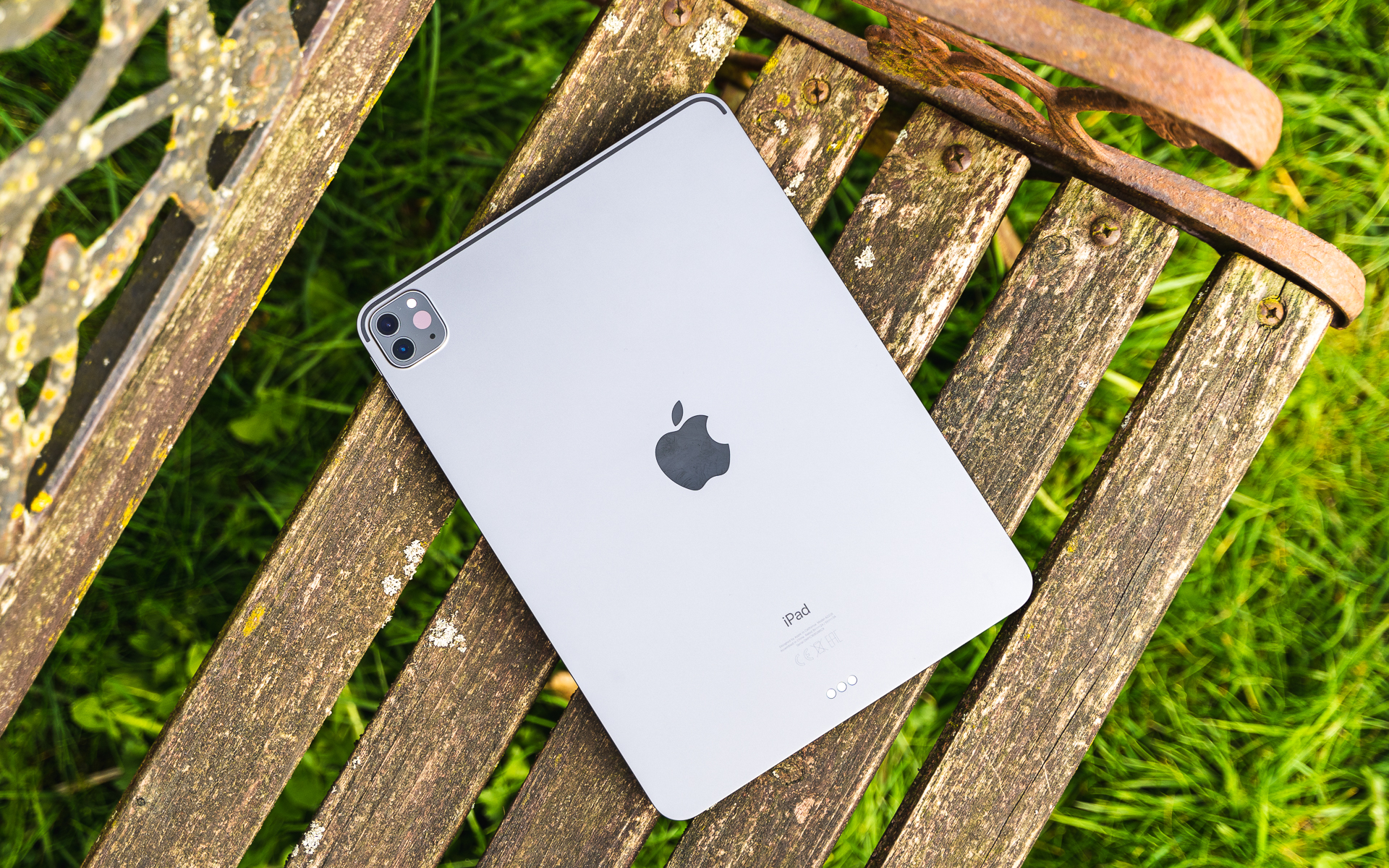
 The Best4 months ago
The Best4 months ago11 Best Tablets With 5G, 4G LTE & SIM Card Slot in 2024
-
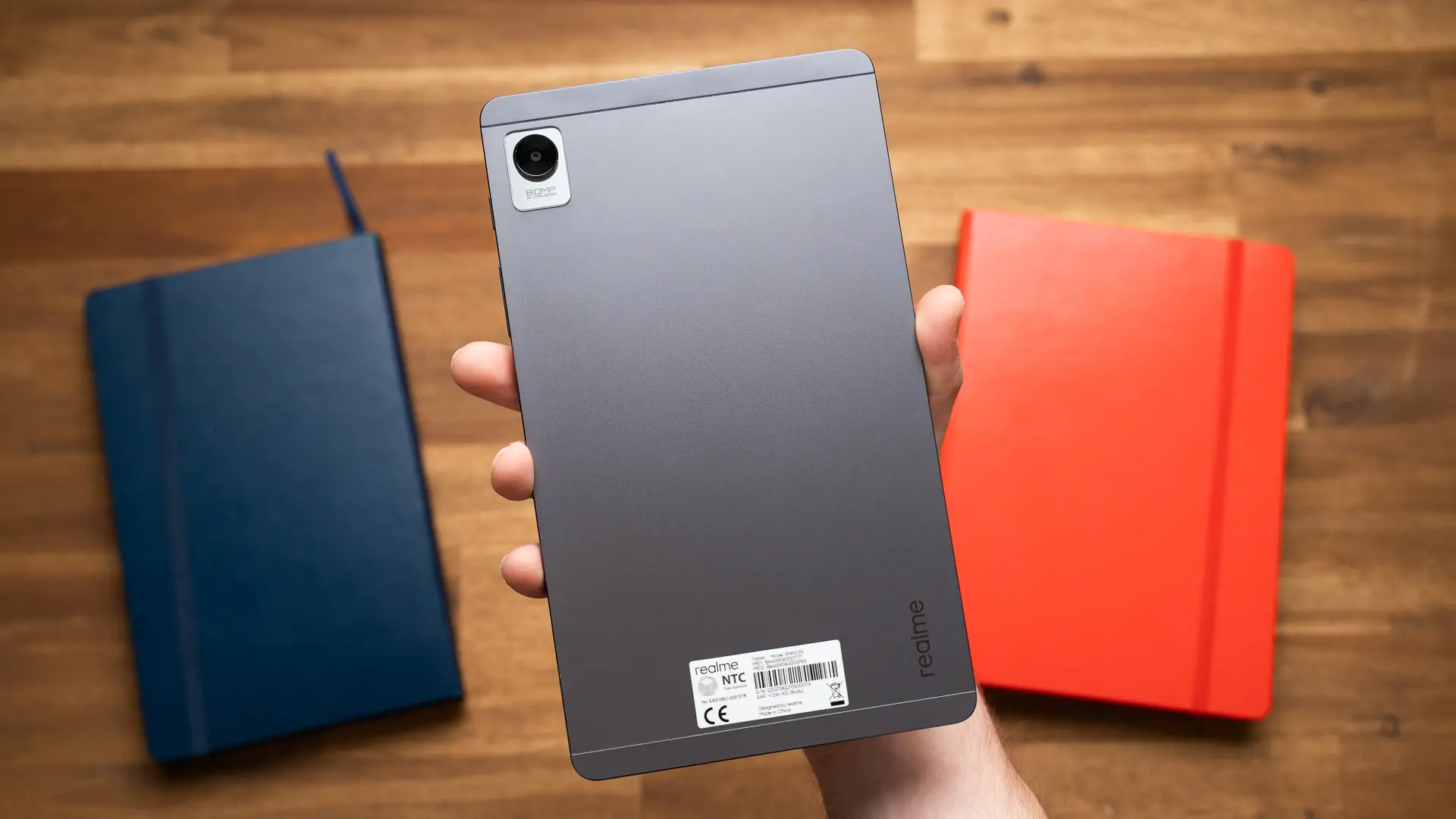
 The Best4 months ago
The Best4 months ago6 Best 8-Inch Mini Tablets Review & Comparison | 2024 Edition
-
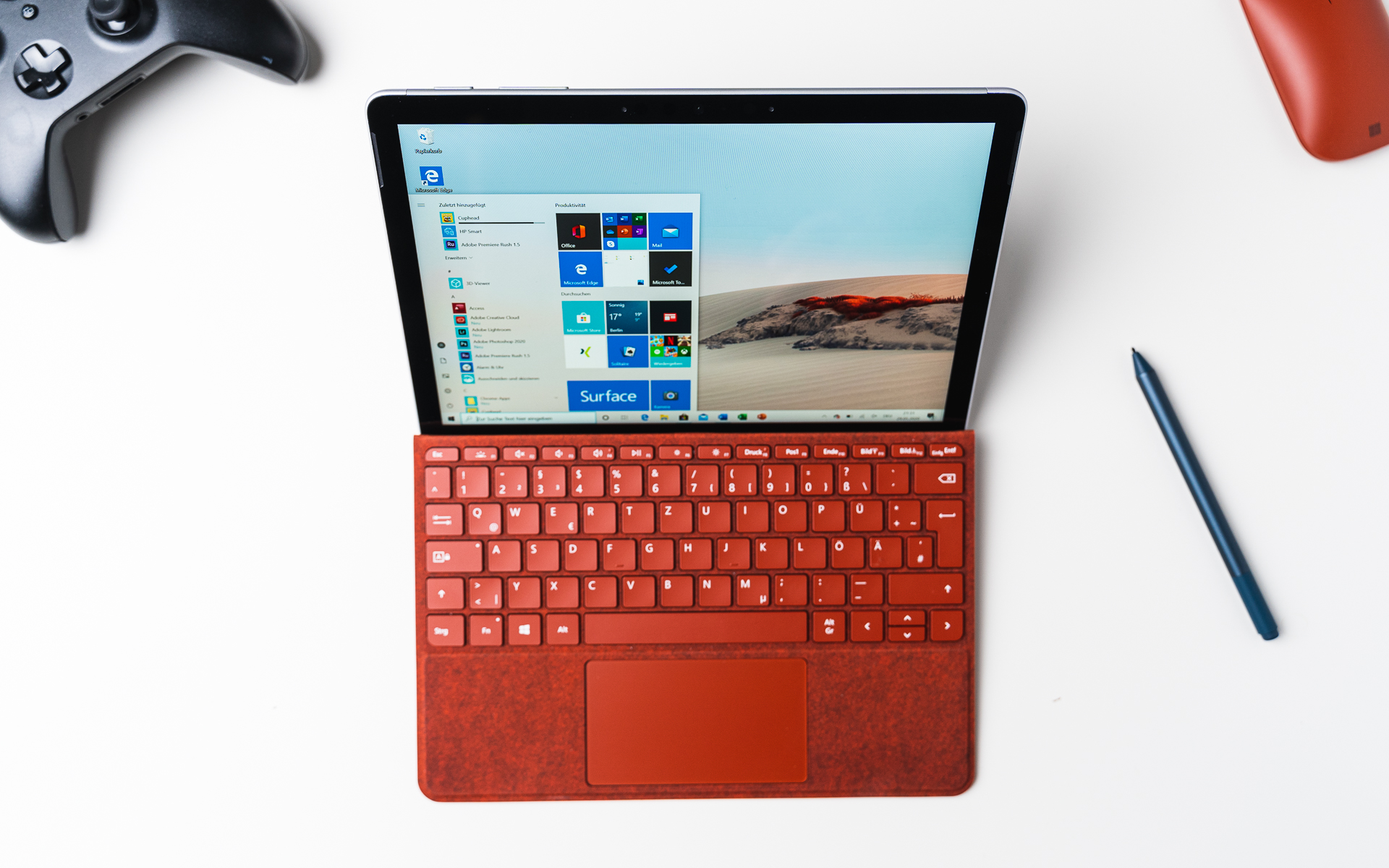
 The Best5 months ago
The Best5 months agoTop 3 Best Windows Tablets You Can Buy Today | 2024 Edition
-

 The Best6 months ago
The Best6 months agoThe 8 Best Samsung Tablets: Our Big 2024 Comparison
-
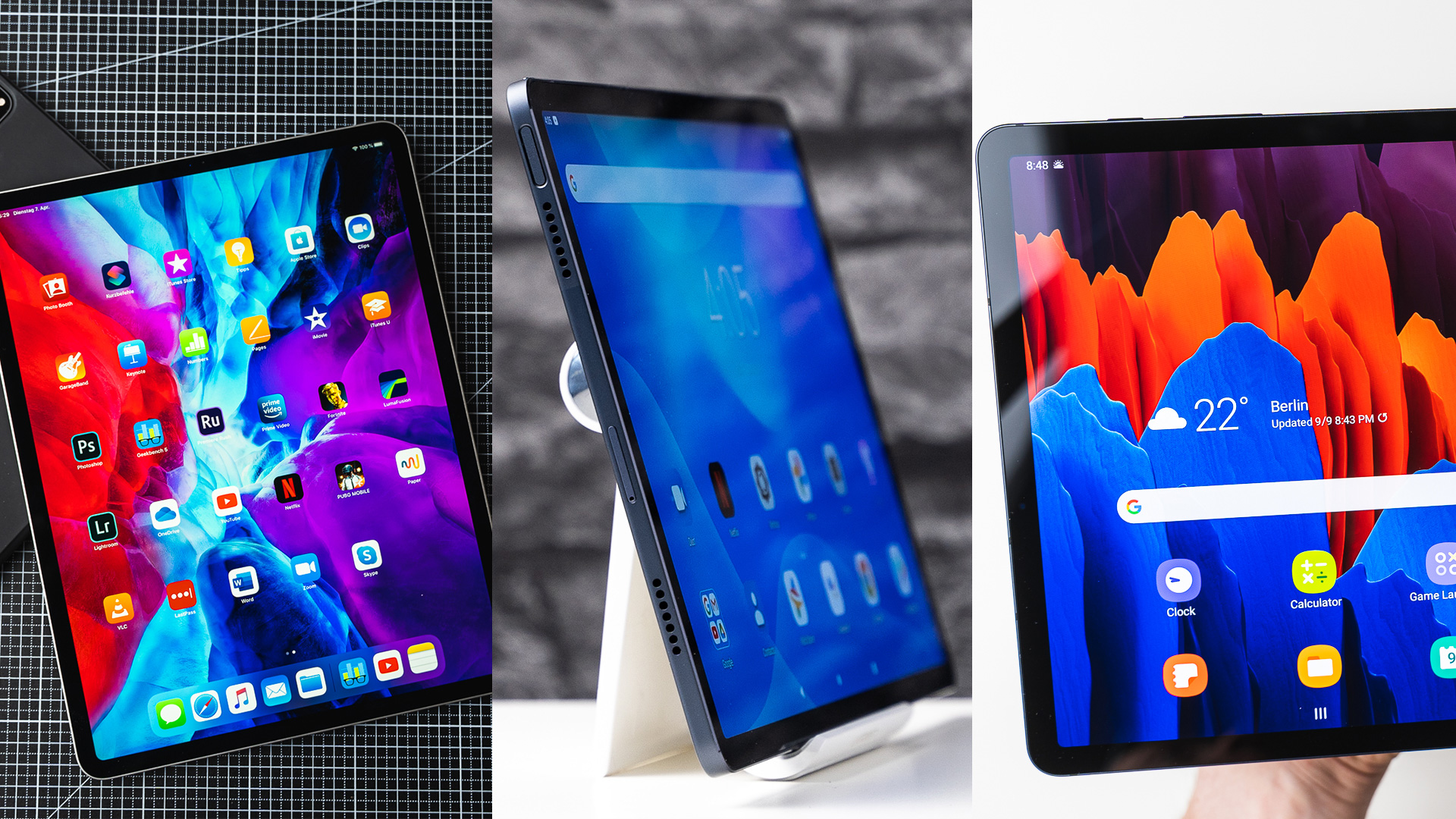
 The Best6 months ago
The Best6 months agoTop 7 Best Large Screen Tablets Tested | 2024 Edition

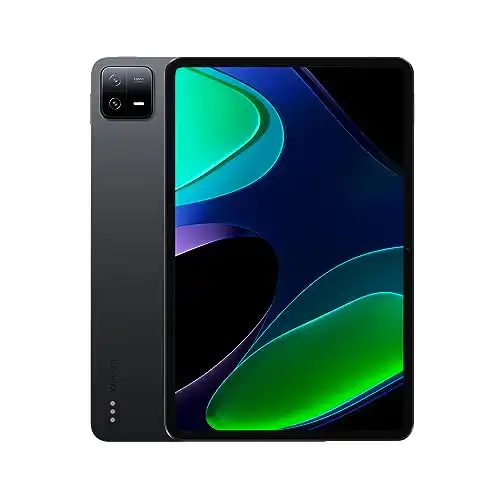

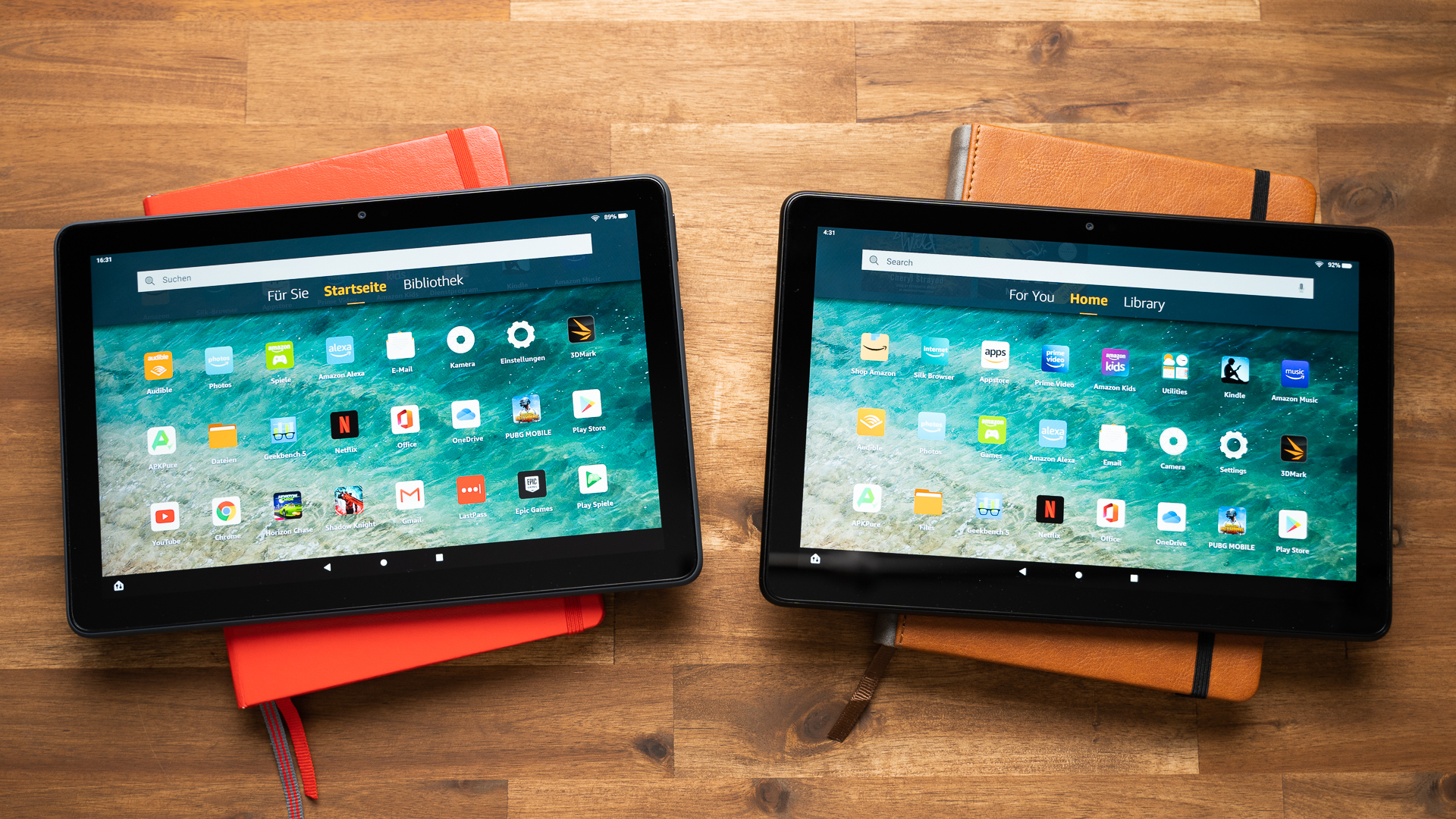
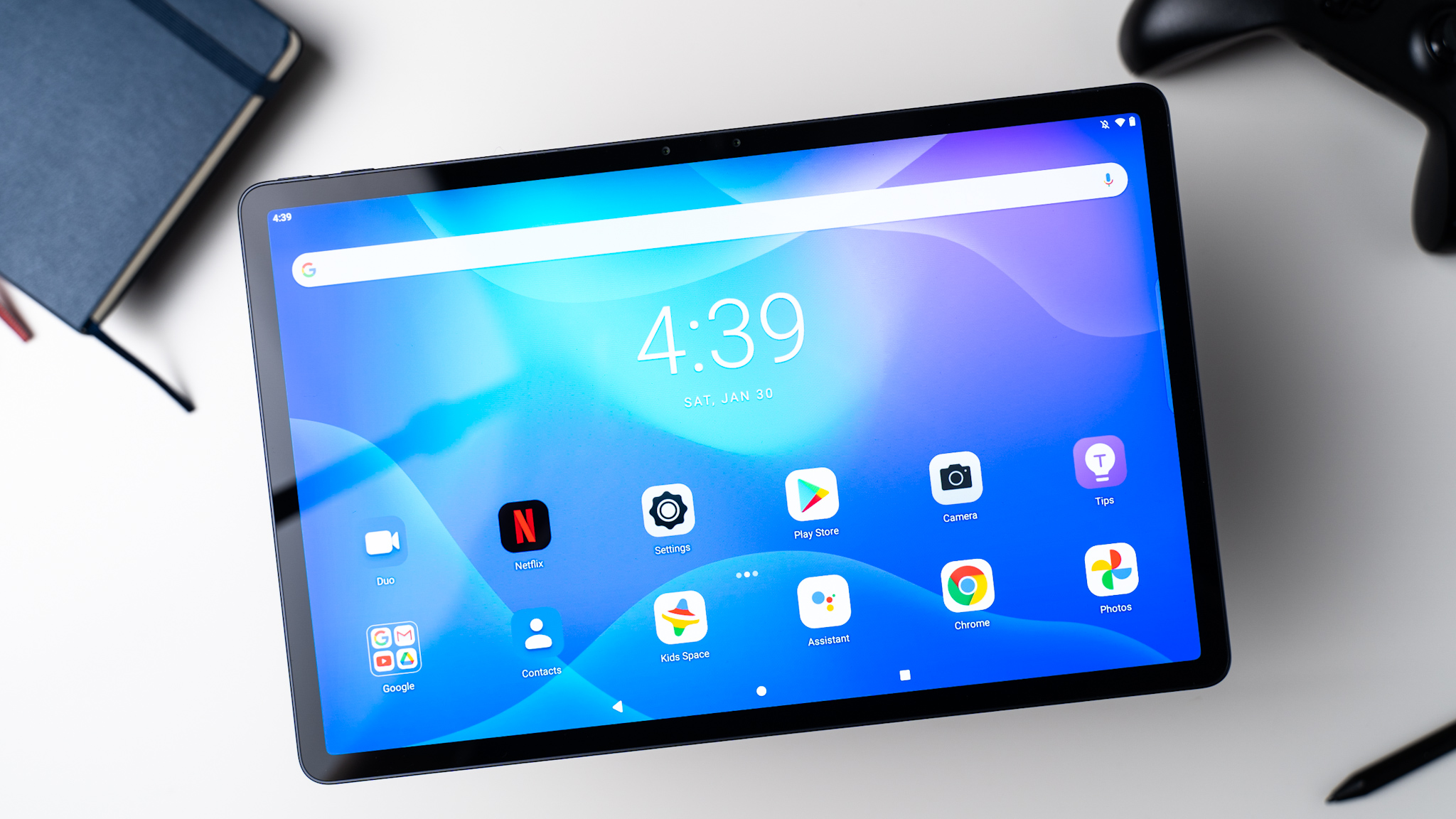
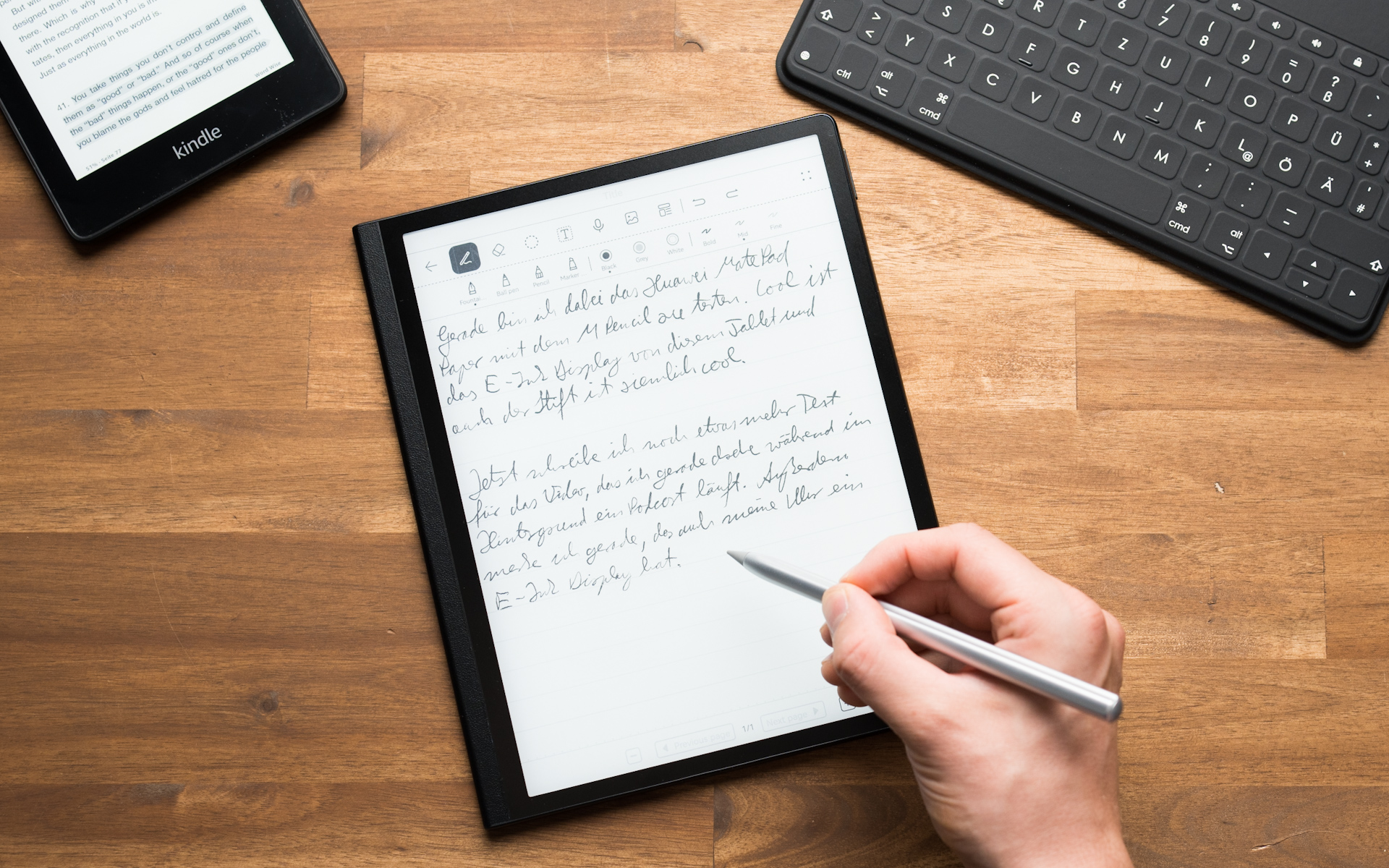
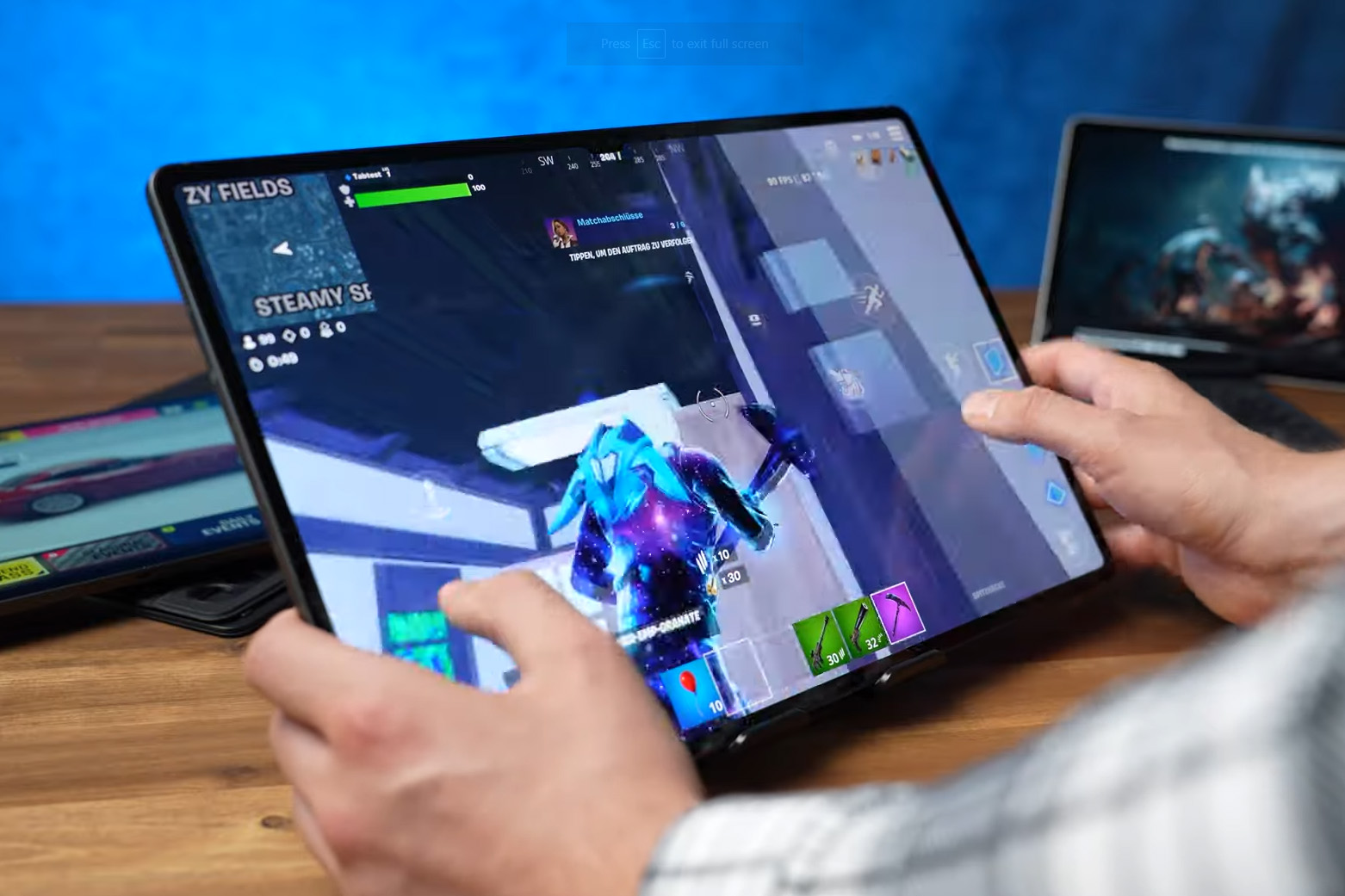
Pingback: Top 7 Best Tablets Under $500 | 2024 Edition • MyNextTablet